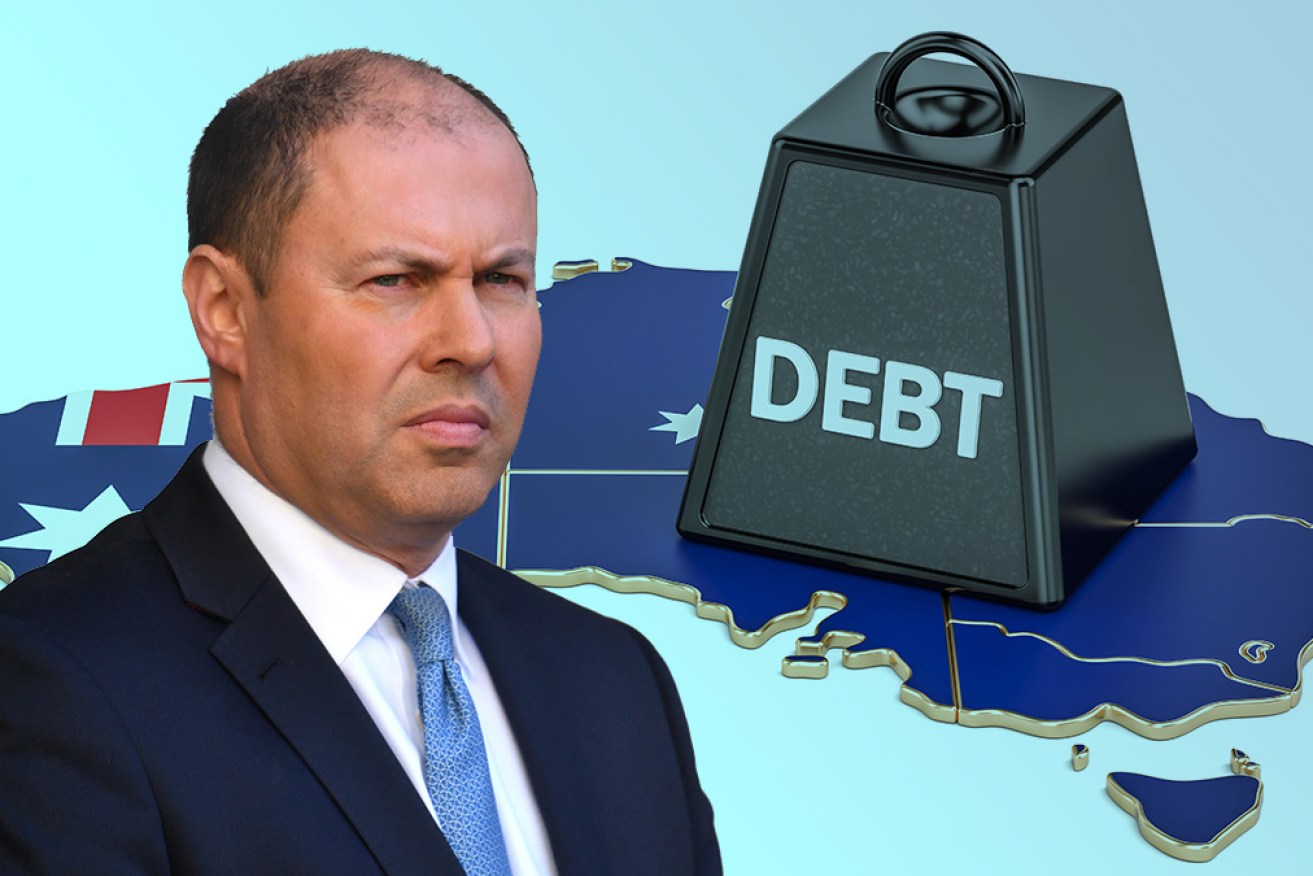Australia’s triple-A credit rating is at risk, but what does that mean?


Australia's rising debt has ratings agencies looking askance.
Australia is at risk of losing its triple A credit rating as a result of the $200 billion of stimulus spending announced by Prime Minister Scott Morrison.
International ratings agency Standard & Poor’s (S&P) Global looks askance at Australia’s $669 billion in debt, saying it expects “the government debt burden to weaken materially” because of the coronavirus.
“We have revised our outlook on Australia to negative from stable to reflect a substantial deterioration of its fiscal headroom at the ‘AAA’ rating level,” S&P wrote.
Don’t worry if your eyes glazed over while reading that.
Chances are, it will have little impact on the Australian economy.
That’s because AAA is the bluest of blue-chip ratings and Australia’s has yet to be lowered; S&P has just said it will keep an eye out for future problems.
So “it’s not going to affect us a great deal,” independent economist and former ANZ economics chief Saul Eslake said.
“While news of it did influence 10-year bonds marginally, the RBA has been able to quite effectively keep three-year rates steady at 0.25 per cent through its buying activities.”
Are ratings agencies credible?
The big ratings agencies, S&P, Moody’s Investor Services and Fitch Ratings, earn a living by telling investors their views on the creditworthiness of bonds and are paid by debt issuers for the service.
During the GFC, it emerged that some agencies had given low-risk ratings to risky mortgage securities to ensure they kept getting work from the debt issuers.
They almost blew up the world financial system in the process.
That blew their credibility, according to University of Queensland economics professor John Quiggin.
“The idea that they deliver special access to information or expertise was proved wrong by their GFC behaviour,” Professor Quiggin told The New Daily.
“None of the financial market experts gave warning about coronavirus, as the markets kept rising in value through February long after health experts were telling governments that there was a problem.”
Not plain sailing for Australia
Although S&P hasn’t downgraded Australia’s credit rating, the agency said it was headed “for a severe economic and fiscal shock”.
“We expect the Australian economy to plunge into recession for the first time in almost 30 years, causing a substantial deterioration of the government’s fiscal headroom at the ‘AAA’ rating level,” S&P said.
Do we have a debt problem?
With a recession coming at us like an express train, the federal budget is in for a battering.
But Mr Eslake said we’re significantly better off than most.
“Like all countries our public finances will deteriorate, but we are starting from a better position,” he said.
Currently, Australia’s public debt to GDP is about 25 per cent for the Commonwealth and a further 13 per cent for the states, giving us a total of 38 per cent. (At the end of the financial year, federal government debt was equal to 19.5 per cent of GDP, according to MYEFO.)
“Even if we double what we have planned to borrow to $400 billion, that would only push debt up to just over 50 per cent of GDP, including the states,” Mr Eslake said.
“The average for other similar countries was probably about 85 per cent before the crisis, which will push the figure up to over 100 per cent of GDP.”
Australia has been a standout among developed countries when it comes to household debt, with households owing almost $2 in debt for every dollar they earn in income.
But when our low government debt is factored in, our overall debt levels are still lower than other countries.
How is business doing?
Another ratings agency, Moody’s, cast its eye over the Australian corporate sector and found that most companies surveyed have medium to low levels of exposure to coronavirus.
The airline industry is obviously suffering and Moody’s says the government’s $175 million relief package will not fill the gap.
“The benefit of this support is negated by the material capacity [the virtual cessation of flights] cuts,” the ratings agency said.
“Our base case assumption is that the coronavirus outbreak will lead to a period of severely reduced passenger traffic over at least the next three months.”
Meanwhile, S&P also downgraded the credit ratings of Australia’s Big Four banks.
That should not be a problem as “our banks are pretty well capitalised,” Mr Eslake said.
“They didn’t suffer big loan losses like European and North American banks during the GFC but they were subject to similar measures to boost capital in its wake.”
Retiree incomes could be in for a hit, though, after financial regulator APRA warned the major banks to cut dividends.
The New Daily is owned by Industry Super Holdings









